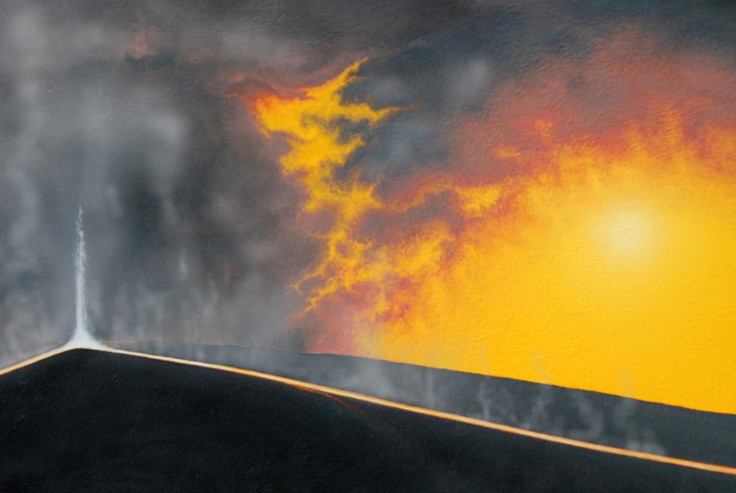Earth Rock Temperature Shows Planet’s Lava Is Hot As Ever

Earth is 4.5 billion years old but it’s still hot, with lava that is as scalding as it was when the planet was young. A study in the journal Nature Geoscience explains where this hottest lava lives: in the deep recesses of Earth’s mantle, the mostly solid and enormous layer between the crust and the core.
The mantle was so hot from its birth and up until about 2.5 billion years ago — during what is known as the Archean Eon — because elements like potassium and uranium were decaying and releasing radioactive heat, Virginia Tech said. That produced a type of rock called komatiite, which is “basically superhot versions of Hawaiian-style lava flows,” study leader and Virginia Tech Professor Esteban Gazel said. “You can imagine a Hawaiian lava flow, only komatiites were so hot that they glowed white instead of red, and they flowed on a planetary surface with very different atmospheric conditions, more similar to Venus than the planet we live on today.”
Read: Thank Comets for Earth Being So Habitable
When the mantle cooled off as Earth grew up, it stopped making those komatiites.
But Gazel and other geoscientists studying old lava flows and rock in Costa Rica found similar structures and compositions to those komatiites, as well as evidence of tremendously high temperatures creating them. The minerals magnesium and olivine in the rocks, as well as other elements, pointed to intense heat in the lava that formed them.
“If you know how much of these elements are present in each mineral, then you know the temperature at which they crystallized,” Gazel said.

The lava that made the samples was close to 3,000 degrees Fahrenheit, which is as hot as the lava that formed komatiites and the hottest known lava from the last 2.5 billion years.
The samples probably originated in a feature called a mantle plume that starts near where the mantle meets the core and forms melty hotspots on the surface as it rises, the university explained. Based on where the scientists believe the lava came from — a mantle plume that is only 89 million years old and still active — they say Earth might still be able to reach the temperatures needed to produce the komatiite from the planet’s youth.
Read: Young Earth Erupts from a Volcano
“We think that mantle plumes are ‘tapping’ a deep, hot region of the mantle that hasn’t cooled very much since the Archean,” Gazel said. “We think that this region is probably being sustained by heat from the crystallizing core of the planet.”
These new clues about Earth’s inner temperatures could help scientists better understand how Earth formed and evolved.
“Our results imply that a mantle reservoir as hot as those responsible for some Archaean lavas has survived eons of convection in the deep Earth and is still being tapped by mantle plumes,” the study said.
© Copyright IBTimes 2024. All rights reserved.





















